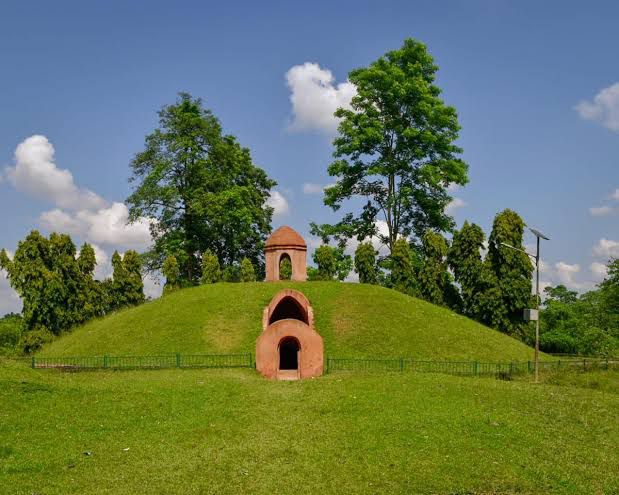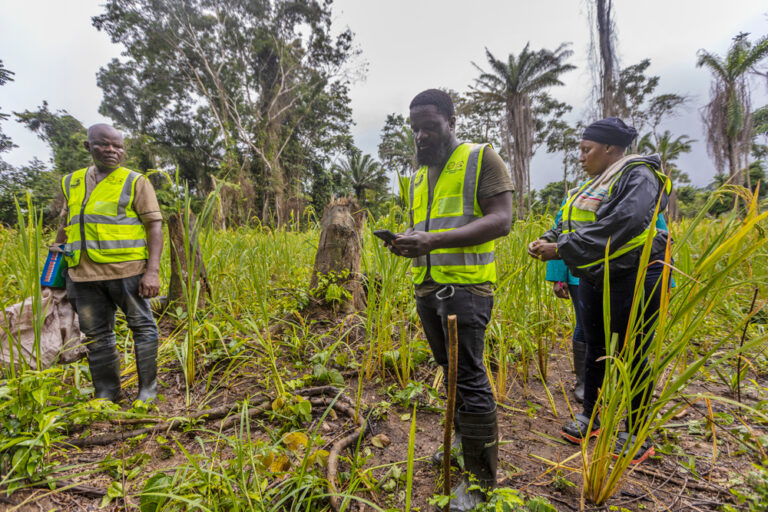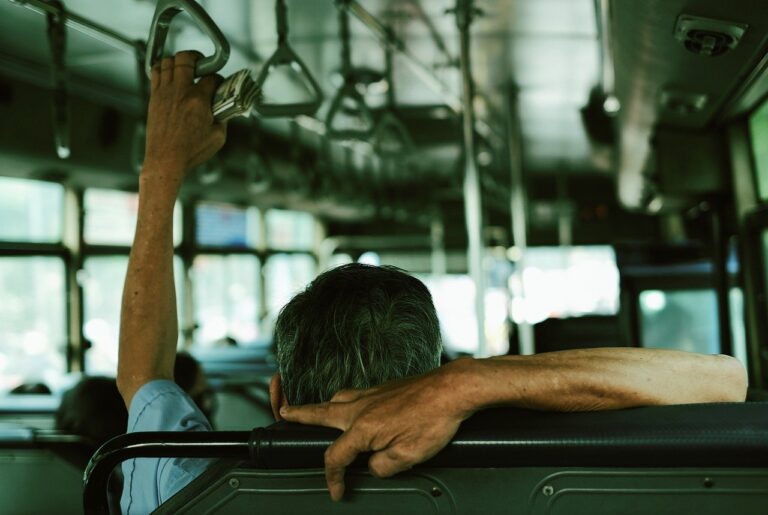
Moidams
New Delhi: The Moidams of Choraideo, which celebrate and preserve royal lineage through colossal architecture, are comparable to the pyramids of Egyptian pharaohs and royal graves in ancient China. UNESCO today officially inscribed the mound-burial system of the Ahom dynasty – Moidams –in its World Heritage List as India’s 43rd entry. The announcement was made today during the ongoing 46th session of the World Heritage Committee in New Delhi.
This was Assam’s third World Heritage Property, following Kaziranga National Park and Manas Wildlife Sanctuary, inscribed under the ‘Natural’ category in 1985.
Speaking at a press briefing after the announcement, Union Minister of Culture and Tourism Gajendra Singh Shekhawat said that this historic recognition brings global attention to the unique 700-year-old mound burial system of the Ahom Kings at Charaideo, highlighting the rich cultural heritage of Assam and India. He added that this nomination underscored the cultural and historical significance of the Moidams, making them the first cultural heritage site and the third overall site from the North East to be inscribed on the World Heritage list.
Also read: Moidams – A testament to Tai-Ahom culture
Shekhawat emphasized that it was crucial to promote the preservation of such monuments, which are abundant in India. “The Moidams’ recognition as a UNESCO World Heritage Site serves as a reminder of the importance of conserving our cultural heritage for future generations. By visiting and supporting these sites, we contribute to their preservation and the broader narrative of India’s rich and diverse history,” he stated.
The Minister informed that India has successfully inscribed 13 world heritage properties in the last one decade, and now the country stands at the 6th position globally for the most number of world heritage properties.
Moidams, the royal mound burial sites created by the Tai-Ahom in northeastern India, are situated in the foothills of the Patkai Ranges in eastern Assam. These burial mounds were considered sacred by the Tai-Ahom and reflected their unique funerary practices. The Tai-Ahom people arrived in Assam in the 13th century, establishing Charaideo as their first city and the site of the royal necropolis. For 600 years, from the 13th to the 19th century CE, the Tai-Ahom constructed moidams, or “home-for-spirit,” using natural elements like hills, forests, and water to create a sacred geography.
Believing their monarchs to be divine, the Tai-Ahom developed a distinct funerary tradition of constructing moidams for royal burials. These mounds were initially built with wood and later with stone and burnt bricks, as documented in the Changrung Phukan, the Ahoms’ traditional canonical literature. Royal cremation rituals were conducted ceremoniously, reflecting the hierarchical structure of Tai-Ahom society.
The Archaeological Survey of India and the Assam State Department of Archaeology have collaborated to restore and preserve the integrity of Choraideo, despite challenges from early 20th-century treasure hunters. With protection from both central and state regulations, the site is well-maintained to preserve its structural integrity and cultural uniqueness.
– global bihari bureau





